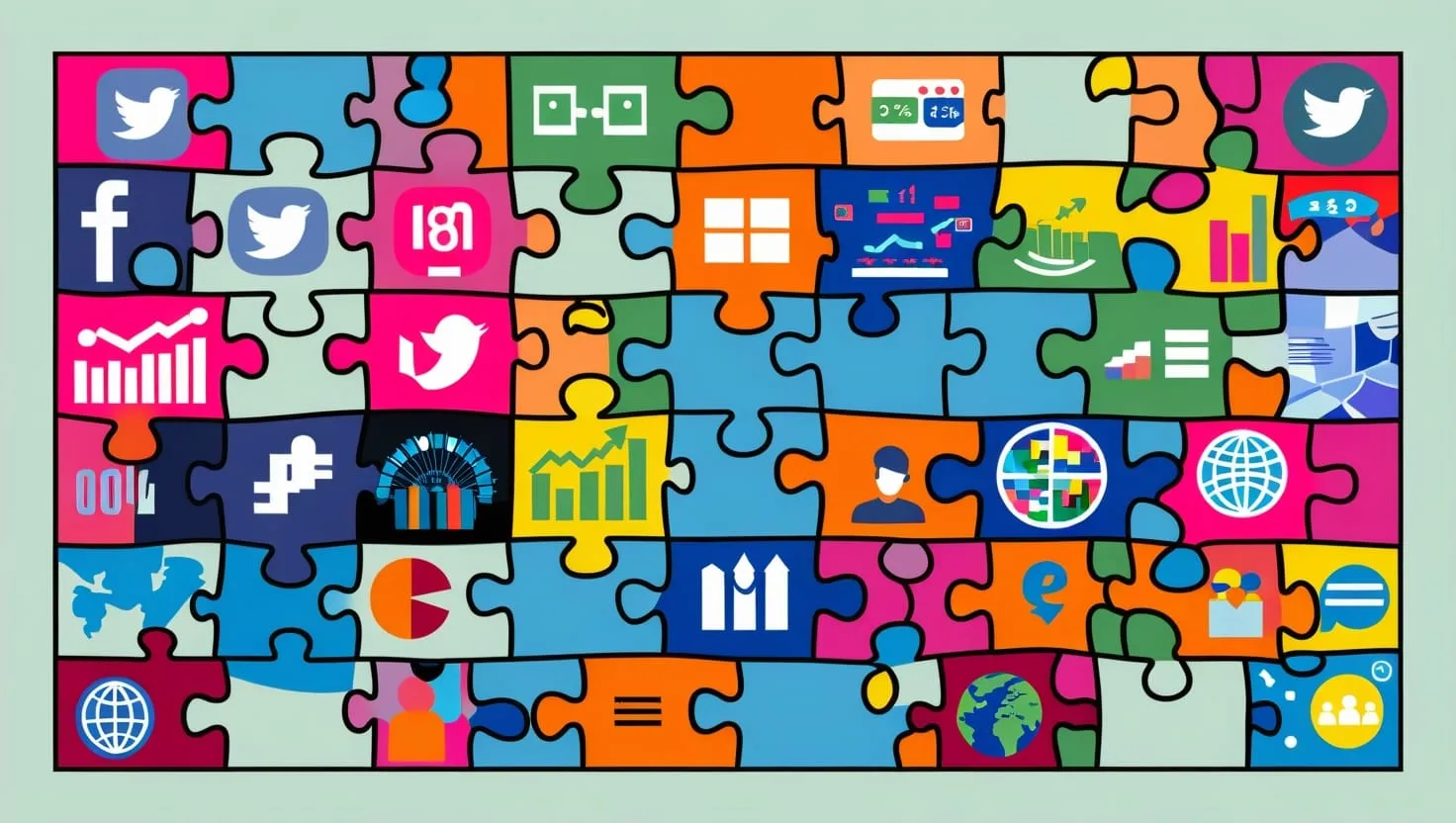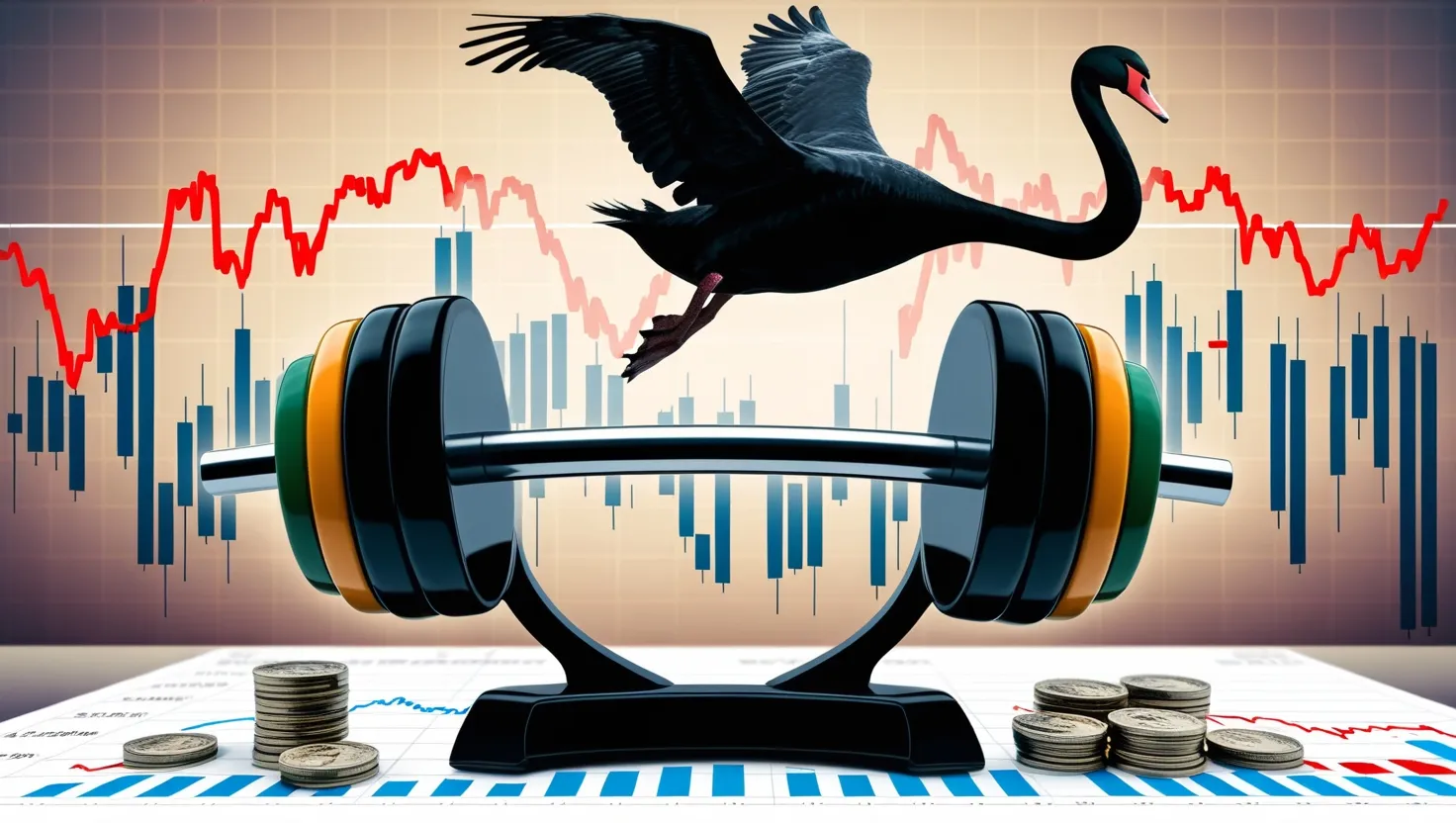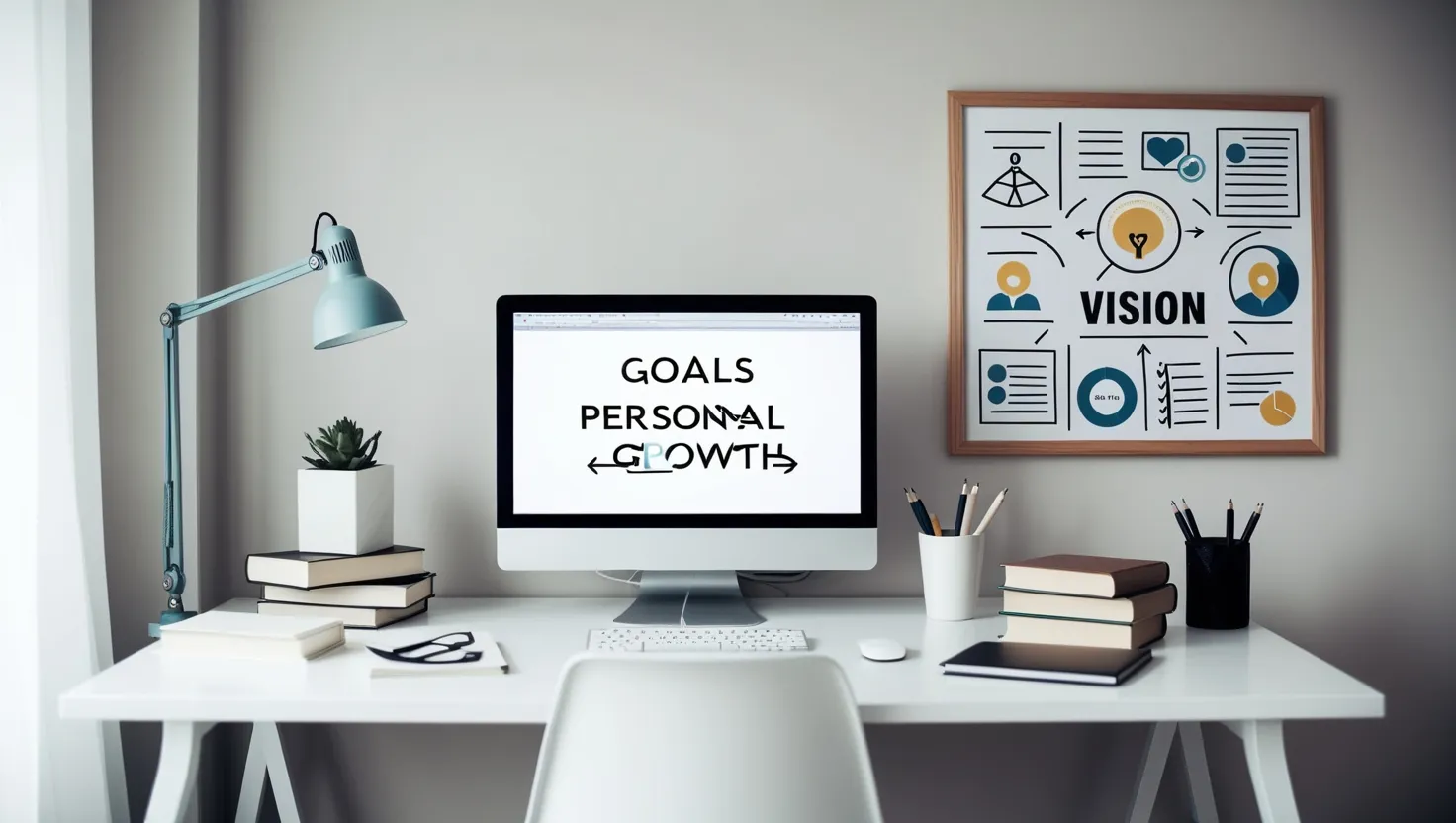When it comes to decision-making, we often find ourselves at a crossroads, unsure of which path to take. This uncertainty can be daunting, but what if we told you that there are strategies to make these decisions more manageable and effective? Annie Duke, a former professional poker player and cognitive psychology graduate student, offers invaluable insights in her book “Thinking in Bets.”
Embracing Uncertainty
Decision-making is rarely a straightforward process. Most of the time, we’re dealing with incomplete information, and that’s where the concept of uncertainty comes in. As Duke puts it, every decision is a bet on one of several possible and uncertain futures. This mindset shift is crucial because it acknowledges that we can’t have all the facts before making a decision.
“Uncertainty is the only certainty there is, and knowing how to live with insecurity is the only security.” - John Allen Paulos
How often have you found yourself wishing you had more information before making a decision? The truth is, sometimes you just have to act with the information you have. Recognizing this uncertainty can help you prepare for various outcomes and make more informed choices.
Separating Decisions from Outcomes
One of the most common pitfalls in decision-making is what Annie Duke calls “resulting.” This is the tendency to judge the quality of a decision based solely on its outcome. However, this approach is flawed because it ignores the process behind the decision.
Consider Pete Carroll’s infamous call of a pass play in the 2015 Super Bowl. While the outcome was an interception, the decision itself was based on sound reasoning and probabilities. The key is to evaluate your choices based on the process, not just the results.
“The best way to get started is to quit talking and begin doing.” - Walt Disney
When you separate decisions from outcomes, you start to see that a bad result doesn’t necessarily mean it was a bad decision. This distinction helps you learn from your choices and improve your decision-making process over time.
Using Probabilistic Thinking
Probabilistic thinking is about considering multiple possible futures when making decisions. It’s not just about the best-case or worst-case scenario; it’s about understanding the range of potential outcomes and their probabilities.
Imagine you’re standing at a fork in the road, and each path leads to different destinations. Probabilistic thinking helps you map out these paths and assign probabilities to each one. This approach makes you more prepared for whatever comes next.
“The future belongs to those who believe in the beauty of their dreams.” - Eleanor Roosevelt
By thinking probabilistically, you’re not just making a decision; you’re preparing for the various futures that could arise from it. This mindset helps you plan for positive outcomes and prepare for the worst-case scenarios.
Seeking Diverse Perspectives
Finally, seeking diverse perspectives is a powerful tool in decision-making. When you gather input from others, especially those with different viewpoints, you challenge your own assumptions and biases.
Annie Duke suggests forming “learning pods” or “decision groups” where you analyze decisions with honesty and objectivity. These groups help make your beliefs more explicit and encourage diverse opinions, which can significantly improve the quality of your decisions.
“Alone we can do so little; together we can do so much.” - Helen Keller
How often do you seek opinions that differ from your own? Engaging with diverse perspectives can help you identify blind spots and make more well-rounded decisions.
Applying These Strategies
So, how can you apply these strategies in your daily life? Start by acknowledging the uncertainties in your decision-making process. Recognize that you can’t have all the facts and that every decision is a bet on an uncertain future.
When reflecting on your decisions, focus on the process rather than the outcome. Ask yourself if the decision was made with sound reasoning and probabilities, regardless of how it turned out.
Before acting, consider various scenarios and assign probabilities to each one. This probabilistic thinking will help you prepare for different outcomes and make more informed choices.
Finally, actively seek opinions that differ from your own. Engage in discussions with others, form decision groups, and challenge your assumptions. This will help you make more well-rounded decisions and reduce bias.
The Power of Mental Time Travel
Annie Duke also introduces the concept of “mental time travel,” where you imagine having a conversation with your past and future selves. This technique helps you consider the long-term consequences of your decisions and learn from past experiences.
Imagine talking to your past self, who has seen the outcomes of previous decisions. What advice would they give you? Now, imagine talking to your future self, who will have to live with the consequences of your current decisions. What would they want you to consider?
“The best time to plant a tree was 20 years ago. The second-best time is now.” - Chinese Proverb
By engaging in this mental time travel, you’re not just making decisions for the present; you’re considering the broader implications and learning from your entire timeline.
Conclusion
Decision-making is an art that involves embracing uncertainty, separating decisions from outcomes, using probabilistic thinking, and seeking diverse perspectives. By adopting these strategies, you can improve the quality of your decisions, reduce bias, and enhance your problem-solving skills.
As you navigate the complexities of decision-making, remember that every choice is a bet on an uncertain future. But with the right mindset and tools, you can make these bets more informed and successful.
So, the next time you’re faced with a tough decision, take a step back and consider the process, the probabilities, and the diverse perspectives. You might just find that your decisions become more confident and effective.
“Believe you can and you’re halfway there.” - Theodore Roosevelt
What strategies do you use when faced with uncertain decisions? How do you separate the decision from the outcome? Share your thoughts and let’s continue the conversation.






